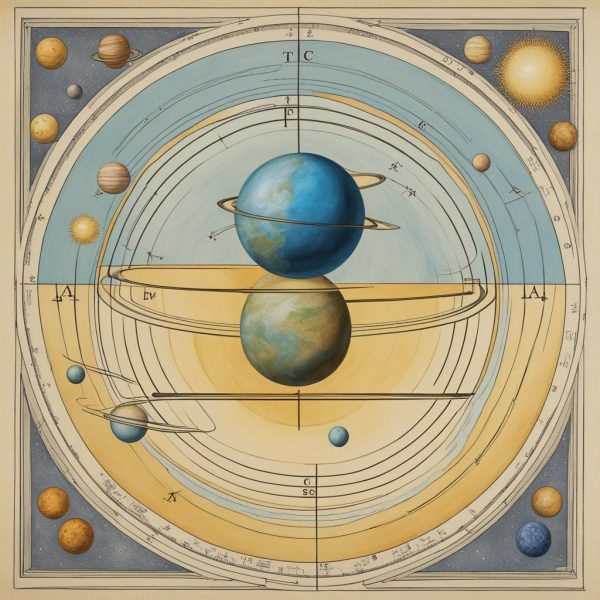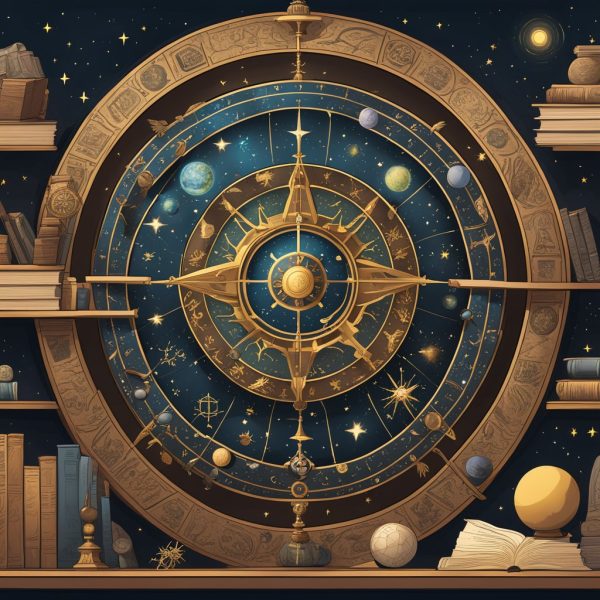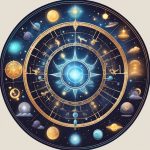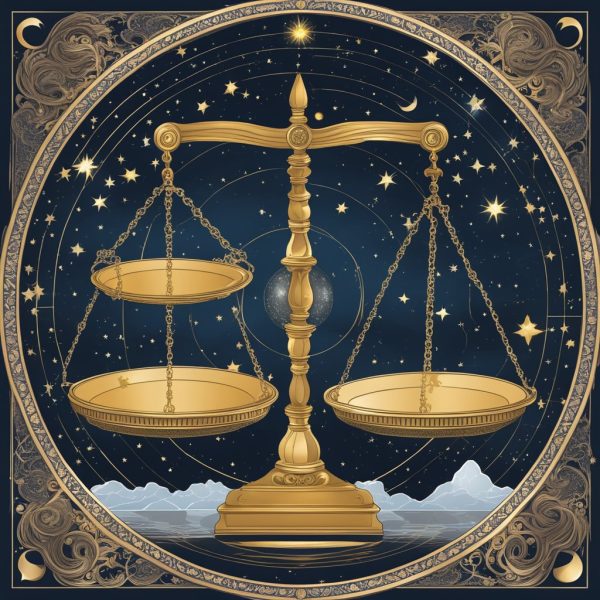Horoscopes
What Is My Horoscope Sign Quiz?
What Is My Horoscope Sign Quiz: Test Your Zodiac Knowledge
If you're curious about your horoscope sign, there are many quizzes available online that can help you discover it. These quizzes are designed to help you determine which of the twelve zodiac signs you were born unde...
Spirituality
Are Angel Numbers Biblical? Exploring the Spiritual Significance of Numbers in the Bible
Are Angel Numbers Biblical? Exploring the Spiritual Significance of Numbers in the Bible
If you've ever noticed a sequence of numbers repeating itself, you may have wondered if it was a message from God or a sign fr...
Meditation & Mindfulness
Integrating Breathwork Into Therapy and Counseling
Integrating Breathwork into Therapy and Counseling: A Powerful Tool for Healing and Growth
Integrating breathwork into therapy and counseling has become increasingly popular in recent years. Breathwork is a general term...
Mysticism and Esoteric Traditions
What’s My Angel Numbers
What Are My Angel Numbers and What Do They Mean?
If you have been seeing the same number or sequence of numbers repeatedly, you may be wondering if there is a deeper meaning behind it. This is where angel numbers come into play. Angel numbers ar...
Zodiac
What Attracts a Sagittarius Man to a Taurus Woman
What Attracts a Sagittarius Man to a Taurus Woman: A Cosmic Combo
Understanding Sagittarius Man and Taurus Woman Compatibility
If you're a Taurus woman and you're interested in a Sagittarius man, you may be wondering what attracts him to you. While Sagittarius and T...














































